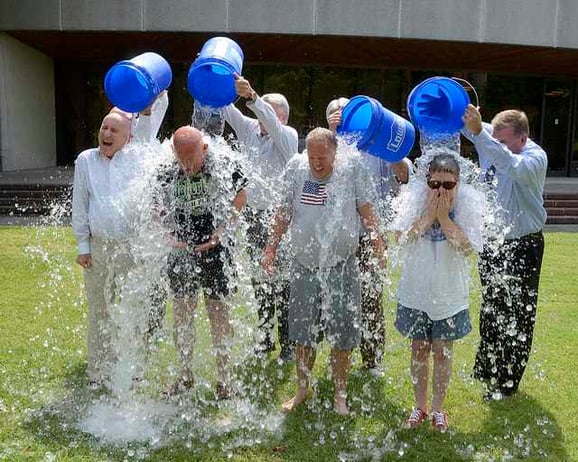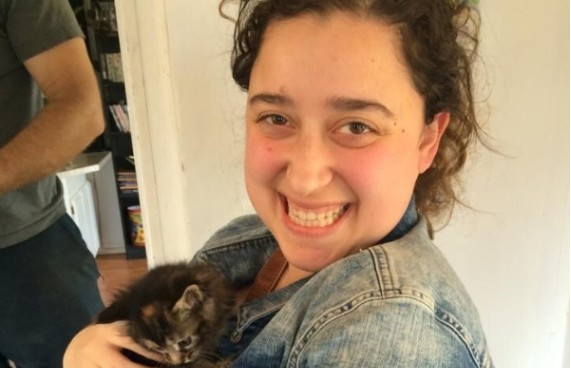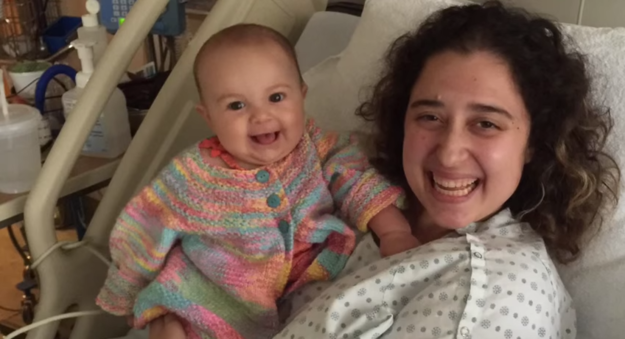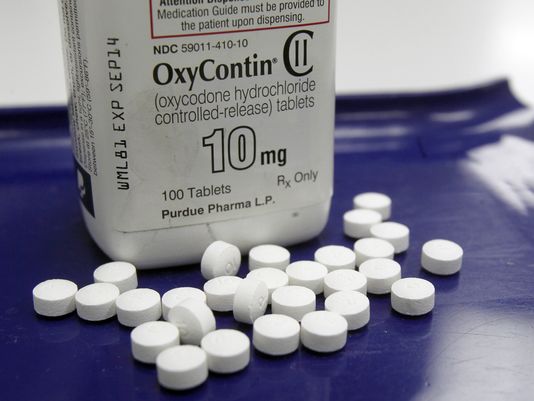Sheila Key via www.goodnewsnetwork.org

The Ice Bucket Challenge – you’ve all heard about it. Maybe even participated in it. Something that started last summer in Boston became a viral sensation across the country to raise awareness and money for ALS research. We’re happy to share this wonderful story with you. The money raised went to funding research that appears to slow down the disease and hopefully lead to a cure. This is great news!
It worked!
The Ice Bucket Challenge that flooded the Internet with videos of people getting drenched has led to a medical breakthrough.
Researchers have long known that a particular motor-neuron protein—named TDP-43—doesn’t function properly in 90 percent of ALS patients.
Now a grad student at Johns Hopkins Medical, in Baltimore, Maryland, is pretty sure he has figured out why. In experiments with mice, his team made a protein to mimic TDP-43, and after adding to the neurons, the cells came back to life.
“With any luck this could lead to the possibility of a cure or at least a slowing down of this terrible disease,” says pathobiology student Jonathan Ling. “We may soon be able to fix this in patients who have lots of accumulated TDP-43,” says Ling.
He published his discovery in the journal Science last week and credited funding from the ALS Association for making his team’s research possible–money raised through the viral Ice Bucket Challenge last year.
During the social-media sensation’s peak months of August and September, more than 17 million people—including many celebrities—uploaded wet, chilly videos of themselves and drove charitable giving to over $115 million, more than tripling what the organization had earned the year before.
Fixing the dysfunctional protein will take time, Ling and his professor, Philip C. Wong, Ph.D., said in a YouTube video announcing the breakthrough. Time and, undoubtedly, more research money.
Which is why the two are attempting to start the challenge anew.
“We want to… really push this work forward,” Wong says, as big orange buckets sneak into view on either side of the two men.
In the video, Ling and Wong each challenge three people to give more….your move, Bill Gates.
Although with the drought in California, they will probably need to drop glitter on themselves rather than buckets of water.
Related Articles:
The Origin of Lou Gehrig's Disease May Have Just Been Discovered
Have You Heard about the "Ice Bucket Challenge?"











 1) Certified Registered Nurse Anesthetist – $135,000
1) Certified Registered Nurse Anesthetist – $135,000